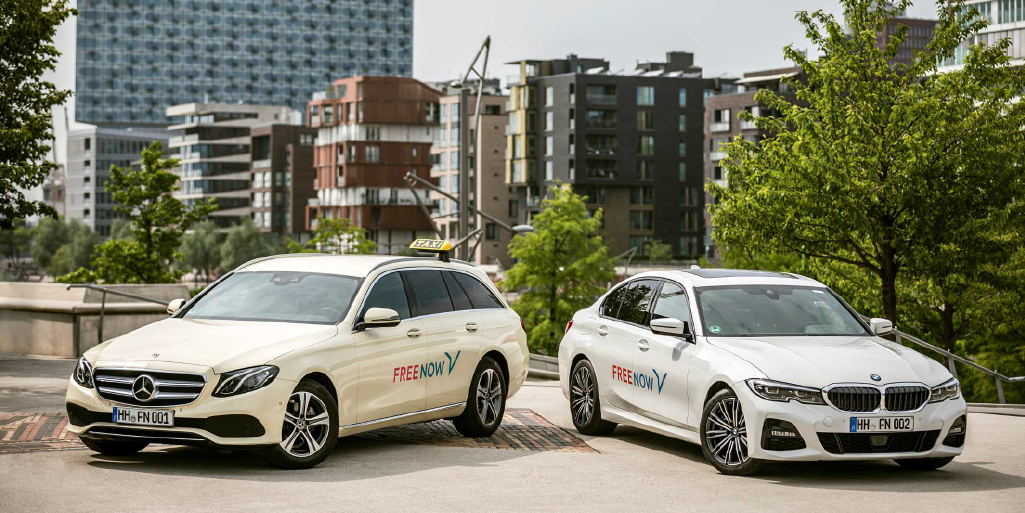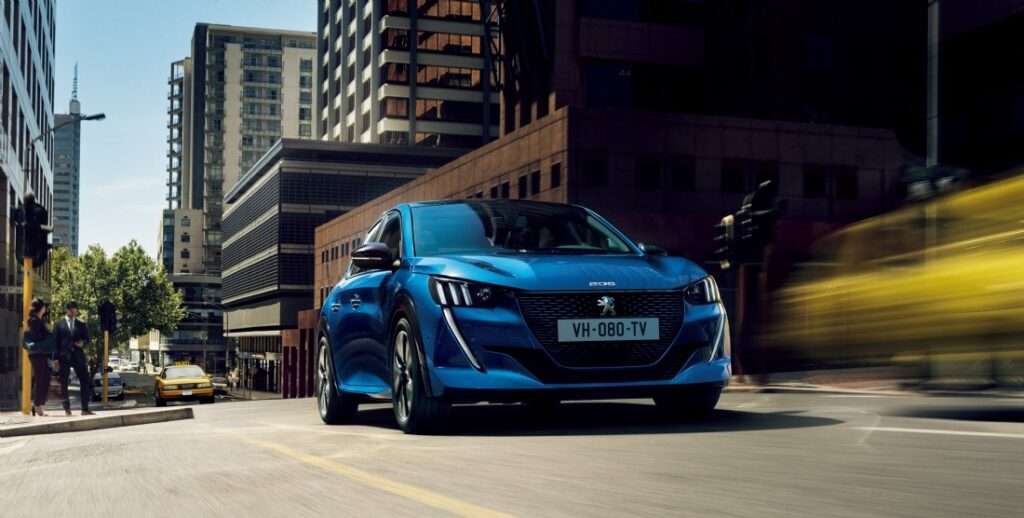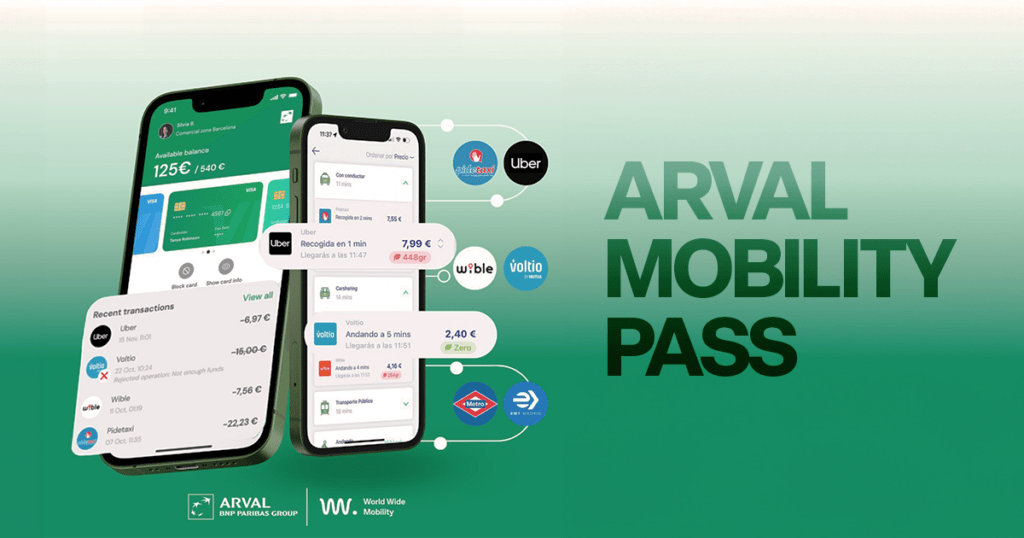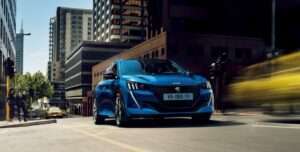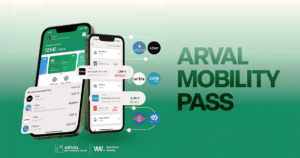Gradually, citizens are changing their mobility habits, favoring shared transportation and slowly moving away from individual cars. The need to consume a service is growing. Thus, mobility tends to be consumed as a service that helps people get from point A to point B (Mobility-as-a-Service) rather than a possession. Faced with this situation, it has become essential for players in the automotive industry to reinvent themselves in order to see their growth continue. MaaS could present itself as an opportunity to be seized quickly, for car manufacturers. Zoom on the different use cases.
Overview of the automobile market
A shift in mentality that has a direct impact on the automotive industry
First, according to the analysis of Devin Lidell, a journalist from Fast Company, mobility is increasingly thought of as a service. However, apart from autonomous cars, drivers are actors of their mobility. In a society where consumers are often preoccupied with their productivity at work and their sleep, taking the time to drive a car to get from point A to point B is increasingly perceived as time-consuming.
As a result of these various factors, cars are increasingly perceived as one means of transportation among many, and new shared mobility platforms such as BlaBlaCar are the result. City dwellers no longer need a vehicle to get around, given the many constraints, firstly financial (cost of cars, insurance, maintenance, parking fees) but also material (difficulty to park, often congested traffic). It is the same with the new generations, they prefer to privilege experience over possession.
Figures are declining
It’s a fact: the global automotive market is in decline. According to figures from the Cetelem Automotive Observatory, the automotive sector has been particularly affected, notably because of the health crisis. The French automobile market has fallen by 25.5% in 2020, reaching the same level as it did in 1975. On the contrary, the share of hybrid and electric cars sold in France has increased considerably compared to 2019, reaching 21.5% of total registrations. At a global level, other countries have also seen their sales of new vehicles fall, such as the United States, which is notorious for its excessive use of cars. Badly affected by the pandemic, the country has seen its new car registrations decline. However, one carmaker has managed to pull through: +36% of worldwide sales in 2020 for Tesla. One of the main reasons is that the buyers of its cars are rather wealthy and have therefore been less affected by global economic trends. The group is also taking advantage of the growing interest in electric vehicles, a sector in which it dominates.
Besides the pandemic, the conventional automobile market is also threatened by the various government measures that continue to grow. Some countries have set official aims at selling electric vehicles, such as Norway, which has set an aim at ending combustion engine vehicles by 2025. In 2019, France adopted the Mobility Orientation Law (LOM) intending to end the sale of combustion engines by 2040. Besides, several European cities, such as Paris and Brussels, are seeking to restrict access to vehicles in their city centers by establishing low-emission zones (ZFE). In other words, the automotive industry must be able to adapt quickly to this desire for greener mobility, particularly on the European continent. But then, how can carmakers reinvent themselves to respond to these various issues?
Mobility-as-a-Service, the solution?
With mobility increasingly seen as a service, the MaaS concept enables users to optimize their trips by choosing the mode of transportation best suited to their journeys. While one might initially think that this concept is a threat to the automotive industry, it can actually be a good opportunity, if manufacturers manage to reinvent themselves quickly.

Shared mobility
Shared mobility seems to be an important leverage for car manufacturers. While consumers currently use vehicles that they own for most trips, this vision is set to change. With the development of intermodal mobility systems, mobility will be more flexible and the choice of transportation mode will be based on the need and type of trip.
Shared mobility would then allow users to choose the vehicle that suits their needs and car ownership will no longer be perceived as the only flexible means of transportation. As a result, according to several studies, sales of shared vehicles will account for 10% of sales by 2030 and up to 33% of sales by 2050.
The growth in the use of private drivers such as Uber or Lyft has, in part, already begun to change the behavior of users regarding their personal vehicles. According to a study conducted in the United States and published in 2016, 30% of users surveyed say they use their cars less to get to work. This figure is bound to increase in the coming years.
Besides, carmakers have already been offering shared mobility services, mainly self-service vehicles, for several years now, notably with Free2Move, a subsidiary of the PSA Group.
Integrate a mobility platform directly into vehicles
While GPS has experienced an incredible boom in the late 2000s, these boxes are increasingly neglected to give way to navigation applications on the phone, such as Waze or Google Maps. The big difference? They are free of charge, with additional features that are regularly added to ensure the most reliable and efficient information for drivers.

To respond to this and avoid having to submit to free players like Apple or Google, more and more car manufacturers are integrating real connected tablets inside their vehicles, with the possibility of downloading applications, the way it is with a smartphone. One example is Volkswagen with its “We Connect” offer, which allows you to connect your vehicle to your smartphone. With its “In-Car Shop” and “In-Car Apps”, it is possible to download several applications to integrate them directly into your vehicle. By integrating a MaaS offer directly into vehicles, car manufacturers would promote intermodal mobility, and would not simply provide a product, but rather, provide additional service and experience.
Developing your own mobility offer: the case of BMW and Daimler
Since February 2019, BMW and Daimler have been cooperating and have created the YOUR NOW Group, consisting of 5 joint ventures :
- REACH NOW: MaaS platform offering an on-demand ecosystem allowing users to move around in a multimodal way. It offers ticket payment, access to electric bicycles and scooters, self-service vehicles, and a fleet of cabs. (6.7 million users)
- FREE NOW: solution offering cabs and private drivers with rental vehicles and electric scooters. (21 million customers in Europe and Latin America)
- SHARE NOW: free-floating car-sharing service available in 34 cities in Europe and North America (4 million customers)
- CHARGE NOW: solution for electrical charging stations. The solution allows the location, use, and payment of charging stations (30 countries).
- PARK NOW: a service that enables parking spaces to be reserved and makes it possible to enter and exit public garages without a ticket and to pay parking fees in paperless form. (30 million customers)
By offering these different offers, the two groups have been able to reinvent themselves, in particular by using Mobility-as-a-Service, which can be a godsend for car manufacturers. However, this requires cooperation with public transportation operators, who do not have the capacity to develop mobility solutions that cover all user needs.
Our hypotheses concerning the automotive industry and MaaS
This is where the complexity of Mobility-as-a-Service lies, bringing together the entire mobility ecosystem on a single platform. Via APIs like Lyko, deploying MaaS solutions becomes simpler. However, if all automotive manufacturers want to develop MaaS solutions, how can they cooperate with each other? To do this, former competitors would have to become future collaborators. Automobile manufacturers, but also public transport operators and mobility players in general, must realize that to improve mobility and develop a MaaS offer that can work (particularly to reduce congestion in cities, which is only increasing) they must work together, to find a win-win situation for all players.
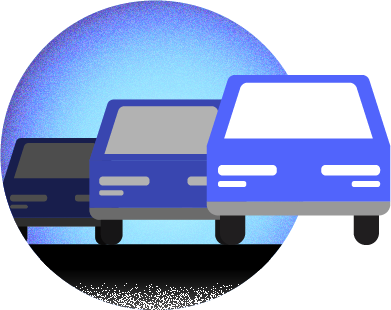
Nevertheless, what are the impacts for the end-user if these collaborations cannot take place? In this case, if the various mobility actors cannot cooperate and propose scattered offers, the aim of having a single platform to carry out their journeys will not be achieved. The user will be even more confused, as he/she will have to use different mobility platforms and will not see his/her mobility experience improve.
On the other hand, it is questionable from an environmental point of view, if personal vehicles become shared vehicles, will traffic really be reduced? It is also debatable that if some people give up the car, could others not adopt it as congestion will be reduced, especially in cities? The risk is that the number of users will not ultimately be reduced, as the vehicles that used to remain in the garage could be used. To limit this risk, it is important to promote other modes of transportation, in particular by integrating an intermodal platform directly from the vehicles, to inform and give the user the choice to use the most optimal mode of transportation for his or her trip. For example, allowing drivers to see directly whether they can park their vehicle in a park-and-ride lot and then take public transit is no quicker than keeping their car and then getting stuck in traffic jams.
Of course, the answers to these questions are only hypotheses at the moment, as we cannot see at this time the impact of a MaaS service on a national scale, as this concept is still too recent and underdeveloped in many countries. This is why it is important to multiply projects so that we can see real effects, whether negative or positive, to offer the best possible mobility experience.

